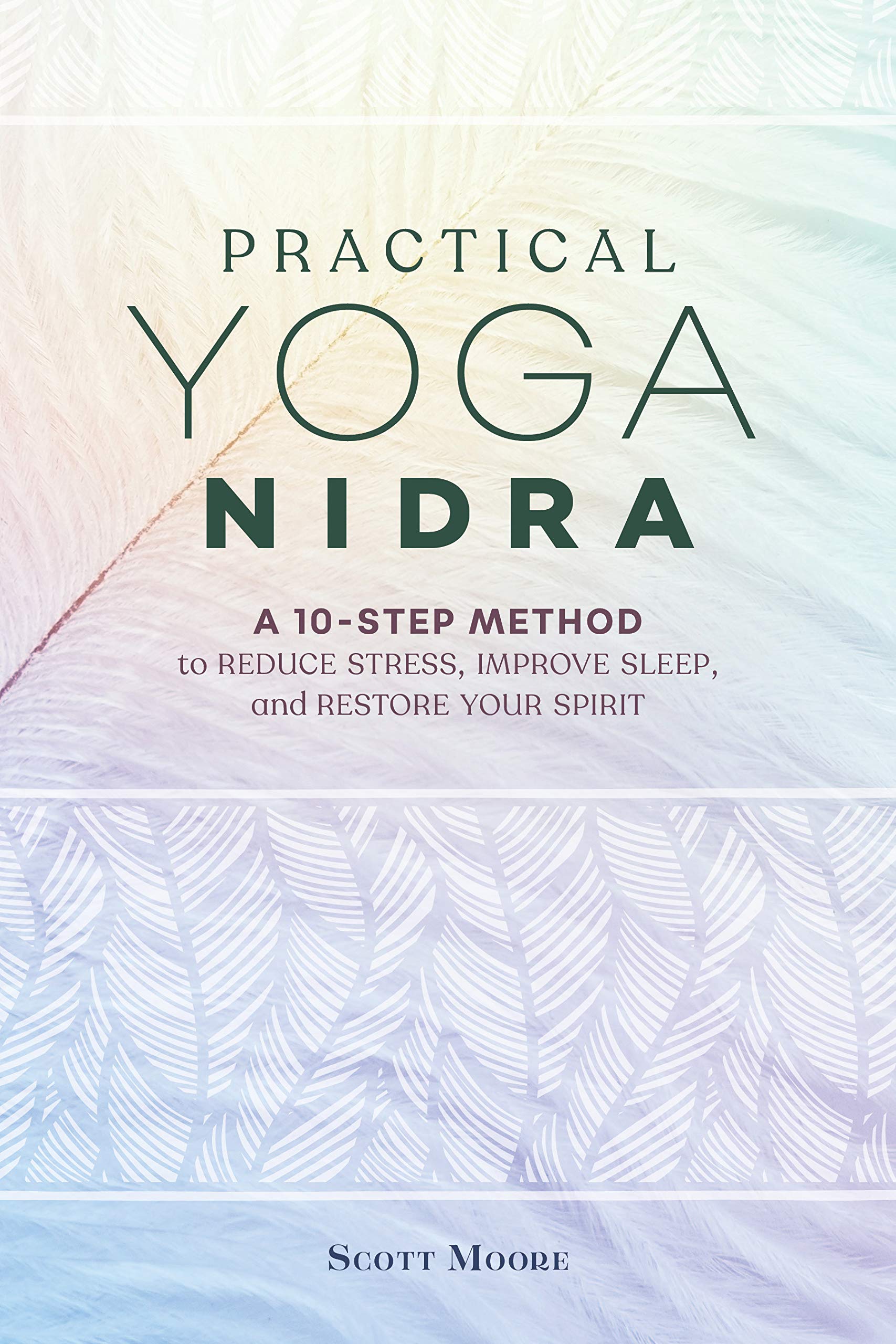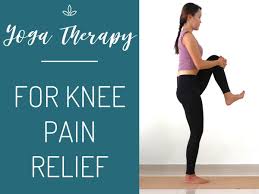
The Yoga Sutras of Patajali are a collection of 196 sutras written in Sanskrit. The texts were compiled in the early centuries CE by sage Patanjali, who synthesised the wisdom of the older traditions on yoga. Originally a work in progress, these sutras are now considered one of the world's most important sources for the practice of yoga.
There are four chapters to the Yoga Sutras. The first one is devoted to enlightenment and the next four chapters discuss the process to reach the goal. 52 sutras describe the benefits of meditation, yoga, and pilates (niyama). The 54/55 sutras detail Ashtanga and Karma yoga. The last two sutras explain the benefits of meditating on a regular basis.
Patanjali's Yoga Sutras are considered the foundational text of yoga, and contain 196 short verses that are the basis of the practice of yoga. Though they are believed to date back to 400 B.C., scholars believe that Patanjali was not the creator of yoga, but rather a great expounder of the art. The sutras are divided into five levels called padas.
The eighth limb is samadhi. This is the highest level of yoga. According to the Sutras, Nirbija–samadhi (also known as seedless contemplation) is when the body and spirit are completely separated. This means that the mind is free, and there is no longer any ego or matter.

Yoga is a spiritual endeavour, and the Yoga Sutras serve as the basis. It is practiced by observing the principles in nature. The three nature qualities are sattva (rajasa), tamasva (tamasva). The sattva Yama is the first and greatest, but it can also be the most difficult. It's difficult to understand the purposes of the others three, but ahimsa may be the most important.
The Yama, Niyama, and Third sections make up the first book of Yoga Sutras. The first section is a biography about Patanjali, the famed yogi. The yoga sutras (which are the most significant) are contained in the second book. These books contain detailed information about yoga's history. The sutras provide detailed information about the history of yoga.
The original text of the Sutras are divided into four sections, the Mahabhashya and the Pranayama. The third chapter, the Mahabhashya, is an important chapter in the book. It outlines the theory and practice of yoga and explains the different stages of enlightenment. The defense of Panini makes up the fourth chapter.
The Yoga Sutras in the second section of the book are the most popular of the Patanjali - inspired texts. Although the Sanskrit language words are used, the Sanskrit word "sutra" means "thread". The Sutras can be considered a part Hindu Scripture. It is the base of yoga. Its composition dates back to 250 BCE, or the early centuries of first millennium CE.
Yoga Sutras have a dense, intricate, and complex language and content. Due to their difficulty, a comment on the Yoga sutras would be highly recommended. It is however not essential to the Yoga sutras. The translations of Yoga sutras are subject to some debate, but the core of the book is the text. Some versions of the book use the word "asana" to refer to a single posture, while others have different versions of the same phrase.

The Yoga Philosophy Sutras from Patanjali are widely considered to be the most fundamental yogic text. The Sutras can be helpful for anyone who wants to learn ancient techniques or practice yoga in a modern setting. And they're very relevant for modern yoga. Ultimately, it's your choice how to practice the Yoga Sutras. There are many benefits to learning the Yoga Philosophy from Patanjali.
Patanjali's insight can be found in a vast number of sacred texts. His writings detail the eight limbs in yoga, the five types and qualities of yogi brains, as well the five types. These Sutras are a great source of inspiration for modern yogis, and should be read and studied. This book will guide you through the principles of Yoga.
FAQ
Cardio Exercise: Good or Bad for Your Health?
Cardiovascular exercise has many advantages. It improves blood circulation, strengthens your heart muscle, increases stamina, helps you lose weight, and gives you energy.
Cardiovascular exercise includes running, biking, hiking, swimming, tennis, basketball, soccer, volleyball, football, etc.
It is important to remember that cardio exercises should not be performed at high-intensity levels. This could result in injury.
Only do the cardio exercise when you are feeling good.
You should never push yourself beyond your limits. In this way, you may injure or even kill yourself.
Begin by warming up before engaging in cardio exercise. Start slowly increasing your intensity.
Listen to your body. If you feel pain while performing cardiovascular exercise, it is important to stop immediately.
After a cardio workout, it is a good idea to take a break. This will allow your muscles to rest.
Cardiovascular exercise is a great way to lose weight.
It is the best way for you to lose calories and decrease belly fat.
How many calories should I consume daily?
It varies from one person to another. On average, 2000 to 2500 calories are consumed per day. You need to determine how many calories you need based on age, gender, height, weight, activity level, and lifestyle.
What's the Best Way to Lose Weight?
It is not easy to lose weight. Many people give up because they don’t know what else to do.
To lose that extra weight, however, there are simple steps you could take.
You must first ensure that you are consuming fewer calories than what you burn. If you consume more calories than what you burn, you will gain weight.
To burn all those calories, you should also start exercising. You can choose from a variety of exercises such as walking, biking or dancing.
Third, stop smoking cigarettes or drinking alcohol. These habits can cause you to consume more calories that you would otherwise.
Fourth, reduce your intake of fatty and processed foods. These can be replaced with healthier options like fruits, vegetables and whole grains.
Fifth, change your lifestyle. It is possible to wake up at 5 AM to go to work, or to be more active before you get to work.
Sixth, be disciplined and stick to your diet plan.
For those extra calories, you could join a class or go to a gym.
You'll quickly start to notice results if you follow these simple tips.
How fast can I transform myself?
Your mindset must be changed. You have to be willing to change.
Once you have decided that you want to change, then you need to commit yourself to work on your fitness goals for at least 3 months.
The next step is to find the right program for you.
Setting realistic expectations is also essential. If you are unwilling to put in the time and effort necessary to achieve your goal, don't waste your money on a gym membership.
Instead, exercise outdoors in your own time.
If you spend an hour a day walking around the block, you'll burn enough calories to lose 1 lb per week.
Once you have a plan, you can start to organize your life according to this plan.
You should make sure you set aside time each morning to exercise and that you take breaks throughout your day to move.
Finally, you should reward yourself when you reach milestones. This could be buying accessories or clothing that reflect your success.
What is a good daily gym routine?
You must exercise regularly to stay fit. No matter what kind of exercise you do, as long you do it consistently. Consistency is key. It is important to stay consistent in order to get results.
Begin with a small amount of daily exercise (like walking). You can gradually increase the amount of exercise you do until you have 30 minutes each day. You could do this by running, swimming, weight training or yoga.
Try to get active every day. Don't miss any sessions unless you have an excuse.
If you exercise outside, ensure that you wear appropriate clothing and footwear. You also need to consider the weather conditions and whether they affect your ability to exercise safely.
While exercising, make sure to drink plenty water. It is best to avoid alcohol while you're exercising. Avoid caffeine-rich drinks like coffee, tea, and coca. They may give you energy, but they will also dehydrate you.
At first, it's normal to feel tired after you finish your exercise routine. If you stick with your training program, you'll feel more awake and alert.
How To Get Rid Of Belly Fat Fast?
There are many ways to quickly reduce belly fat. One method is to eat less and drink lots of water.
A second way to boost your metabolism is by running and swimming.
To quickly reduce belly fat, avoid sitting too much. Stand up more often throughout the day. This will allow you to burn more calories.
If you are having trouble losing belly weight despite trying all of these methods, there is another way.
A belt is a device that allows you to do this. The belt works by tightening around your waist when you sit down.
As a result you'll feel uncomfortable and will be more mobile. This will make you lose more calories and help you reduce your belly fat.
What is the best way to increase muscle mass?
There are two main things you must do when building muscle mass. These are the isolation exercises as well as compound movements. While isolation exercises focus on specific muscles, compound moves target multiple muscle groups simultaneously.
It is important to do exercises that work all of your major muscles groups. This ensures that you are always working hard during each session.
MyFitnessPal can help you keep track of your activity. It allows you to log everything from calories burned to weight lifting. You can also make custom meal plans according to your goals.
Statistics
- By John Thompson Take a whopping 38% off a set of PowerBlock Pros. (menshealth.com)
- 10 pounds in a month is likely during a lean bulking phase, especially for beginners. (muscleandstrength.com)
- The PRS enabled risk stratification for overall prostate cancer and lethal disease with a four-fold difference between men in the highest and lowest quartiles (HR, 4.32; 95% confidence interval [CI], 3.16-5.89). (pubmed.ncbi.nlm.nih.gov)
- Are You One of the 20% of Guys (mh.co.za)
- Cardmembers earn 5% Back at Amazon.com with a Prime Credit Card. (amazon.com)
External Links
How To
How can I burn fat and exercise?
Exercise burns calories by increasing metabolism and oxygen consumption.
At moderate intensity, you will lose weight easily.
These are some tips to help you lose fat while working out:
-
Cardio exercises like walking, running (or jogging), swimming, cycling, running, and/or elliptical training are all good options.
-
Do 30 minutes of exercise three times a week.
-
If you want to lose more weight, add strength training to your routine.
-
Avoid intense training. It is possible to build muscle without destroying muscle tissue.
-
When exercising, make sure to drink lots of water. Water helps flush out toxins and keep your body properly hydrated.
-
After working out, drink low-fat protein shakes. Protein shakes repair muscles and increase energy.
-
You can eat smaller meals throughout the day so that you don't feel hungry in between meals.
-
Don't skip breakfast! Skipping breakfast can lead to fatigue and sluggishness.
-
Take care to your mental well-being. Stressful situations can slow metabolism.
-
Keep a positive attitude. Research shows that overweight people gain more weight if they believe they are overweight than those who believe they look good.
-
Get enough sleep. Insufficient sleep can make it more difficult to lose weight.
-
Stay active. Be sure to get up and move around every hour or two.
-
Maintain a healthy diet. Healthy eating will keep you fuller and more satisfied for longer.
-
Find relaxation methods. Relaxing doesn't mean your body releases stress hormones which cause muscle tissue to be destroyed.
A balanced diet includes all essential nutrients needed for growth and development.
Six small meals per day is better than three large meals. This gives your body time and energy to process the food.
You need about 500 milligrams of calcium daily to maintain strong bones. Calcium can be found in dairy products such as yogurt, fortified soybean beverages, orange juice, cereals, bread, and cereals.
Calcium comes from leafy green vegetables, beans, tofu, nuts, seeds, and cheese.
Your body needs vitamin D to absorb calcium. Vitamin D can also be found in some fortified foods such as eggs, fish, and yolk.
Vitamin E is essential for skin health. Vitamin E can be found in vegetable oils as well as wheat germ oil, peanuts and almonds.
Your body requires zinc to function normally and for wound healing. Zinc is found in seafood, oysters legumes meats, whole grains, whole grains and meats.
Zinc deficiency can cause fatigue, loss of appetite, depression, and impaired immunity.
Sugar intake can lead to insulin resistance which causes blood glucose levels to rise. Insulin resistance can lead to weight gain.
Insulin resistance develops when there are high levels of free radicals in the bloodstream. Free radicals refer to molecules that contain unpaired electrons. They can damage cell membranes and other body parts.
Most free radicals come from pesticides herbicides, food additives, preservatives smoking, radiation, chemical in cosmetics, lotions and household cleaning supplies.
Free radical damage can lead to cancer, heart disease, diabetes, arthritis, asthma, and aging.
Eating a well-balanced diet with antioxidants is the best way to prevent free radical damage. Antioxidants protect against oxidative damage.
Vitamin C can be found in citrus fruits. Beta carotene can be found in carrots. Sweet potatoes. Tomatoes. Carrots. Sweet potatoes. Spinach. Broccoli. Cantaloupe. Vitamin E is found in nuts. Olive oil, avocados.
Additional antioxidant nutrients include selenium and copper, manganese and zinc.
Selenium is known to protect cells from the oxidative damage that free radicals can cause. Selenium can also be found in Brazil nuts (tuna), liver, kidneys and shrimp.
Copper protects the brain and eyes as well as the lungs and red blood cells. Copper is found in shellfishes, poultry, meat, organ meats, and other foods.
Manganese forms an essential part of bone structure. Manganese is found in brown rice, spinach, bananas, prunes, raisins, oatmeal, and lentils.
Zinc is necessary for average growth, reproduction, and wound healing. Zn is found in lean cuts of meat, white fish, poultry, and eggs.